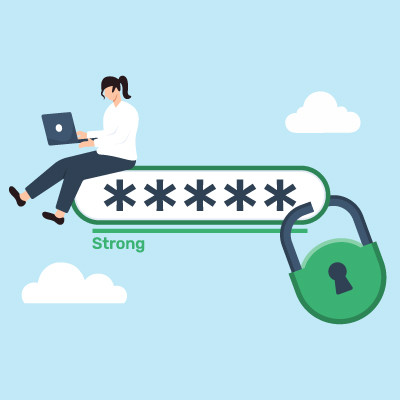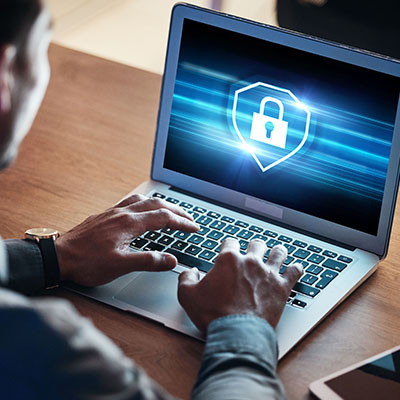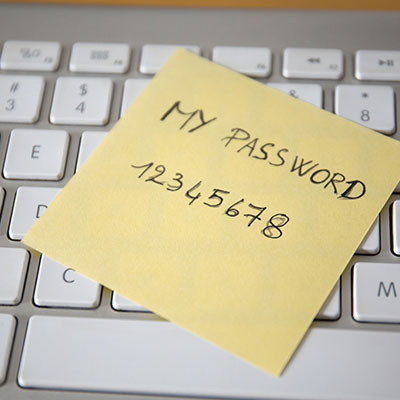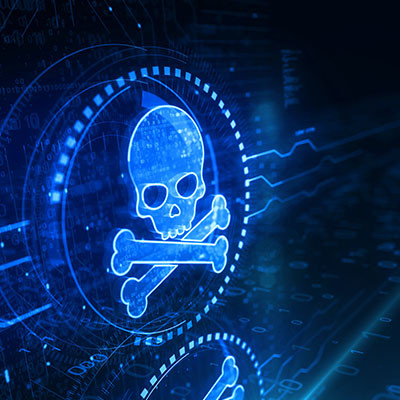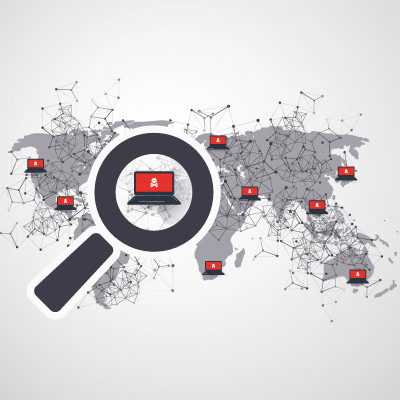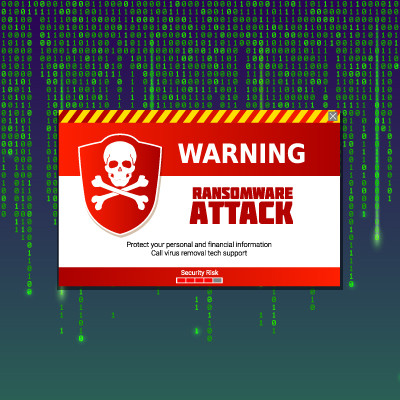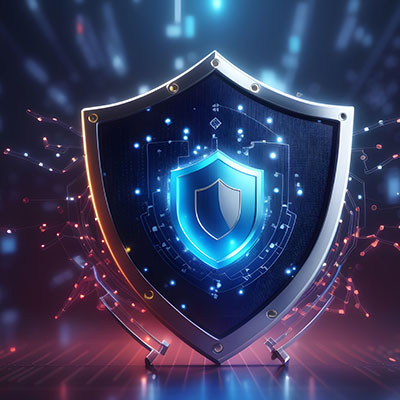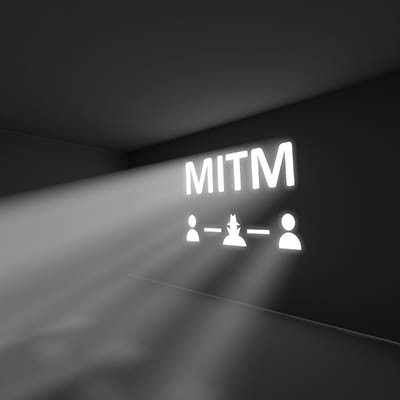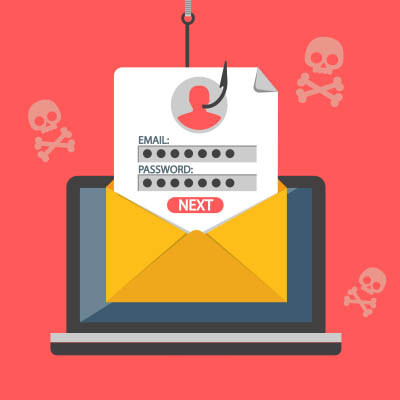WatchPoint Solutions Blog
Scams are so common that everyone should fear them. That doesn’t mean we should be paralyzed by them, though. They’re mostly easy enough to spot, provided you know what to look for. Today, we’re covering these red flags and how you can identify a scam and consider all warning signs to make it out of such a situation unscathed.
It doesn’t take much to crack a low-effort password. To put a stop to hackers, you can use one extremely simple tactic: use long, random, complex strings of characters. Unfortunately, this is easier said than done for some people, as remembering passwords is also something that needs to happen. Today, we want to highlight the passphrase and how it can both bolster your password security and make your passwords easier to remember.
There is an important distinction in business between knowing what a problem is at the moment versus what a problem might be in the future. It’s crucial that businesses understand how to assess the risk of situations and determine what must be addressed immediately. Today, we want to help your business determine these problems and flip the script on them, turning them into opportunities for improvement.
Choosing the right antivirus solution for your business can be confusing, especially with products that have similar names. Microsoft offers two distinct versions of Defender: Windows Defender and Microsoft Defender for Business. Let's break down the differences to help you make an informed decision.
It’s easy to take something you use every single day for granted. That’s something that a lot of car dealerships are feeling right now, as one popular automotive dealership software platform has been down for several days due to a cyberattack.
You don’t realize just how critical your line of business app is until it’s suddenly not available and you can’t do the work you used to do. Here’s the story.
Encryption is a vital tool for small businesses to protect their sensitive data from hackers. At its core, encryption converts readable data into an unreadable format using a specific algorithm and an encryption key. This means that even if a hacker gains access to the data, they cannot understand it without the corresponding decryption key. This layer of security is crucial for small businesses, which often handle sensitive customer information, financial records, and proprietary business data. By encrypting this data, businesses can ensure that it remains confidential and secure from unauthorized access.
In a recent global law enforcement operation, authorities dismantled a colossal botnet that had been operating for nearly a decade. The U.S. Justice Department has accused YunHe Wang, a 35-year-old from the People’s Republic of China, of creating and spreading malware that infected millions of Windows computers worldwide. This malware formed a vast botnet known as 911 S5. Wang allegedly sold access to the compromised IP addresses to other cybercriminals, amassing millions of dollars.
Given the widespread discussion surrounding artificial intelligence (AI) in households nationwide, it's evident that this technology has become integral to the operations of numerous entities. AI has found its place, from business and education to civic affairs, even within the U.S. Department of Homeland Security (DHS). How exactly is the DHS harnessing AI to enhance the security of everyday Americans?
For those of you who are fans of American football, you are familiar with the interception. When your team’s quarterback throws a pass that ends up in the other team's possession, it can be one of the most frustrating plays for a fan. Let’s discuss the man-in-the-middle (MitM) attack, which is effectively a hacker intercepting data as it is passed from one person to another. Let’s get into it.
Phishing messages are the single most common type of threat out there. Any business, small or large, can fall for them. Therefore, you must do all that you can to prepare for the inevitable situation where someone accidentally falls for one. One of the most powerful preventative methods we can recommend is as easy as hovering over links.
It’s hard to vouch for the idea that someone is constantly being attacked by cyberthreats when there is no real tangible evidence to support this notion. People won’t trust words of warning against threats that they cannot see and won’t feel threatened by them until they’re knocking on their door. Today, we want to discuss how you can turn around these challenges, particularly when it comes to training your staff on the importance of cybersecurity.
With the advent of streaming media, more people have access to entertainment than ever before. They watch real stories unfold right before their eyes through the lens of a documentary or biopic, offering perspectives that they might not have otherwise gotten had they engaged with the story through a different lens. These dramatized documentaries can be remarkable wellsprings of information, and you might be shocked by how much you can learn just by committing a couple of hours of your day to one.
Many businesses rely on multifunctional printers to get things done. Unfortunately, they can be a gateway for hackers to infiltrate your business and steal its data and resources. It’s important for any organization to do what they can to protect their users and data so, in today’s blog, we’ll go through some of the things you need to know about protecting your networks from printer-based vulnerabilities.


